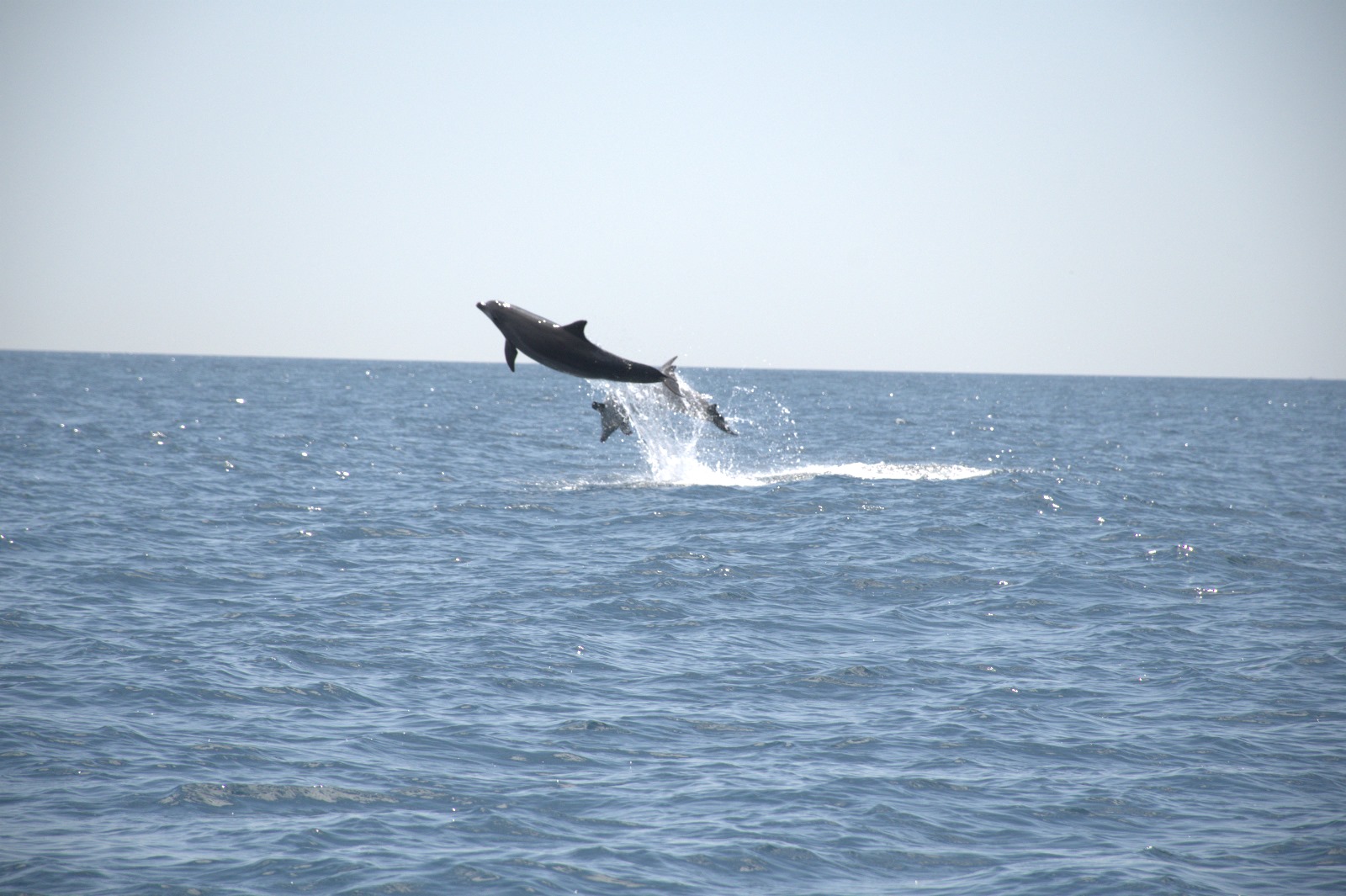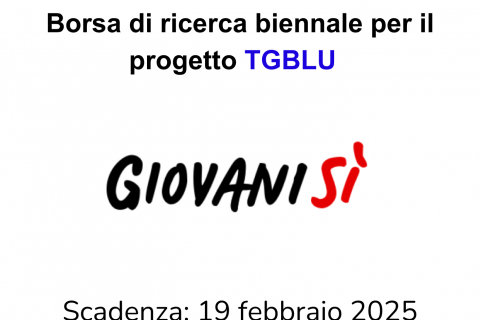Health Status of Stranded Common Bottlenose Dolphins (Tursiops truncatus) and Contamination by Immunotoxic Pollutants: A Threat to the Pelagos Sanctuary—Western Mediterranean Sea
ABSTRACT
Between 2019 and 2021, 21 bottlenose dolphins were found stranded dead along the Ligurian Pelagos Sanctuary coast (Italy). For 11 animals, out of a total of 14 recovered, the cause of death was classified as natural, anthropic, or not determined based on gross and histological pathology and ancillary testing. Hexachlorobenzene (HCB), dichlorodiphenyltrichloroethanes (DDTs), and polychlorinated biphenyls (PCBs) were examined in their blubber, and results were discussed according to their toxicological properties. All specimens showed the following trend: PCBs > DDTs >> HCB, and the levels of cancerogenic, mutagenic, and teratogenic organochlorine compounds (T-OCs) were >50% of total OCs. Immunosuppressant organochlorine compound (IS-OC) levels in 10 out of 11 animals were above 50% of the total OCs. PCB levels always exceeded the threshold of 17 mg/kg lipid weight for PCB-induced adverse health effects. The results suggest that bottlenose dolphins living in the Pelagos Sanctuary undergo a high level of exposure to pathogens and OCs, betraying the designation of the Cetacean Sanctuary and, consequently, of a region created for their conservation. Immune dysfunction and infectious disease susceptibility appear to be highly connected with high levels of OC xenobiotics. These data are useful to understand health and mortality trends in cetacean populations, as well as for developing policies for cetacean conservation and management in this important protected area of the Mediterranean.

Autori:
C. Grattarola, L. Minoia, F. Giorda, G. Consales, F. Capanni, I. Ceciarini, E. Franchi, D. Ascheri, F. Garibaldi, A. Dondo, M. Goria, L. Serracca, K. Varello, L. Masoero, C. E. Di Francesco, C. Casalone, L. Marsili

Link all’articolo
https://www.mdpi.com/1424-2818/15/4/569








